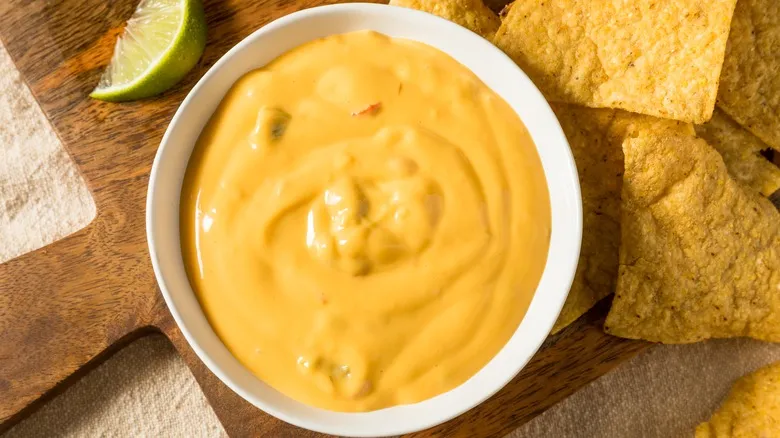Vodka (mostly) emphasizes neutrality

Vodka often faces criticism from cocktail enthusiasts, yet it is essentially the original spirit, as it can be distilled from a wide range of sources including fruits, starches, sugars, and grains, with minimal intervention after reaching the desired proof. While most vodka has traditionally been made from wheat or potatoes, it can also be derived from corn, apples, honey, milk sugars, quinoa, barley, and grapes, among others. This stands in stark contrast to spirits that are strictly defined by specific ingredients or aging processes, such as bourbon (which must contain at least 51% corn, be produced in the U.S., and aged in barrels) or tequila (which requires at least 51% Blue Weber agave and must be made in designated regions of Mexico).
In the U.S., the Alcohol and Tobacco Tax and Trade Bureau (TTB) classifies vodka as a neutral spirit, distilled at a minimum of 95% alcohol by volume (ABV), or approximately 190 proof, and can be made from any raw material. The alcohol content decreases when water is added, but it cannot fall below 80% ABV / 40 proof. Although the TTB's predecessor, the Bureau of Alcohol, Tobacco, and Firearms, characterized vodka as lacking any "distinctive character, aroma, or taste" beyond that of alcohol, these regulations have become more lenient over time. In reality, the choice of base ingredients does influence the subtle flavors and aromas of this "neutral" spirit. Various distillation techniques, differences in viscosity, and individual perceptions of alcohol warmth also play a role in the flavor profile of a particular vodka. Fortunately, an increasing number of producers are delving into these nuances and their potential impact on the final product.
Gin is all about the botanicals
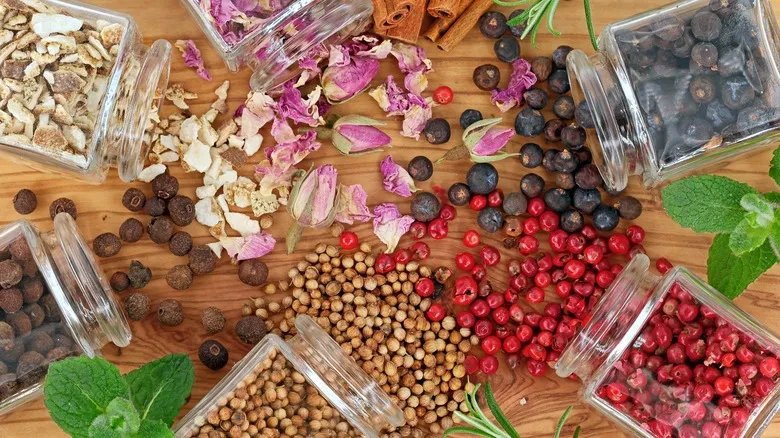
The essence of gin lies in its botanicals: seeds, leaves, stems, spices, citrus peels, and virtually anything else that can be added to a still with a high-proof neutral spirit, all contributing to its flavor profile. The juniper berry is the most crucial ingredient, as it must be the primary aromatic note in classic London Dry gin (which can be produced anywhere). Other gin varieties may reduce the prominence of that piney, oily flavor. If London Dry isn't to your taste, you might prefer a style like New Western Dry gin, which often features more floral notes.
A wide array of botanicals can be included in the recipe. While the label may indicate the number of different ingredients used, the most common ones, aside from juniper, typically include angelica root, orange peel (either dried or fresh), coriander, orris root, and anise or other licorice flavors. Beyond that, the possibilities are endless. Some gins incorporate grape flowers, local native plants, or even pepper. Botanicals can be added to the fermented mash and distilled with the initial "beer," or they can be infused into a distilled neutral spirit (like vodka) through maceration for several hours or days. More delicate ingredients, such as flowers or cucumber, can be placed in a steam basket, allowing the evaporated distilled spirit to pass through and impart subtle flavors. Alternatively, botanicals can simply be steeped in a finished spirit to extract their aromas and flavors.
Additional differences between vodka and gin
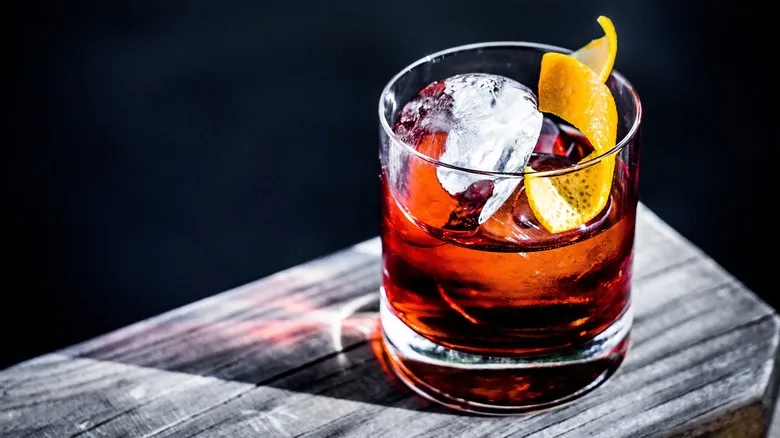
Another type of unaged spirit used to produce gin and occasionally vodka is grain neutral spirit (GNS). Essentially a high-proof vodka derived from grains, GNS is often purchased in bulk and then rectified (re-distilled and filtered) to achieve a smoother vodka. Small brands frequently utilize it to add their unique touch to a mass-produced spirit, while larger brands may outsource the initial distillation process. Instead of using a finished vodka, gin producers often opt to re-distill a more affordable GNS.
Typically, vodka and grain neutral spirits are distilled using long coffey or column stills, which are designed to efficiently produce multiple distillations, resulting in a high-proof, "clean" distillate. In contrast, pot stills (bulbous stills with elongated necks or coils) tend to yield a heavier distillate that retains more flavors and has a higher viscosity. Some vodkas are finished in pot stills, giving them a bit more character and body. If gin botanicals are macerated instead of steamed, they likely sit in a pot still filled with GNS for a day or so before being re-distilled.
These factors may influence your preference for one spirit over the other in cocktails. Gin is generally more full-bodied, aromatic, viscous, and flavorful, making it a great complement to complex drinks like a negroni. On the other hand, vodka integrates smoothly with other cocktail ingredients without overpowering the drink's flavor, which is why it works well in fruity cocktails like the sea breeze.
Recommended
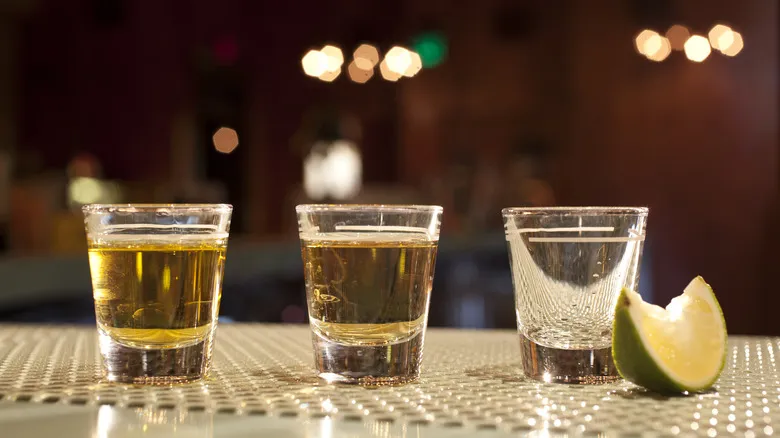
What Proof Is Tequila Typically?
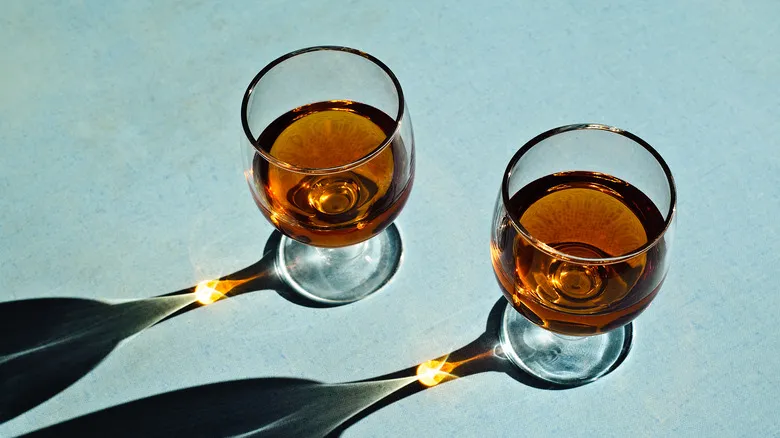
What Is Brandy Really Made From?
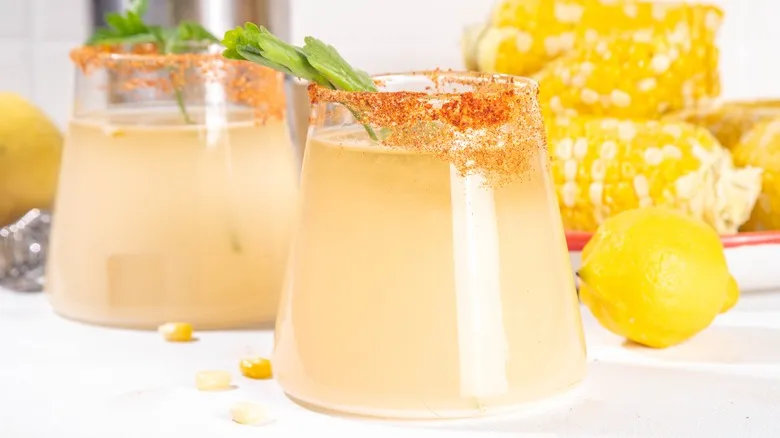
Corn Is The Unexpected Ingredient Your Cocktails Need
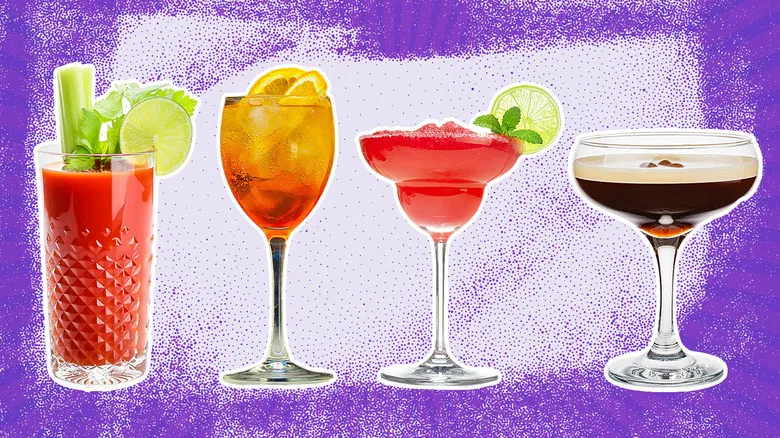
The 25 Most Popular Cocktails Of All Time, Explained
Next up





